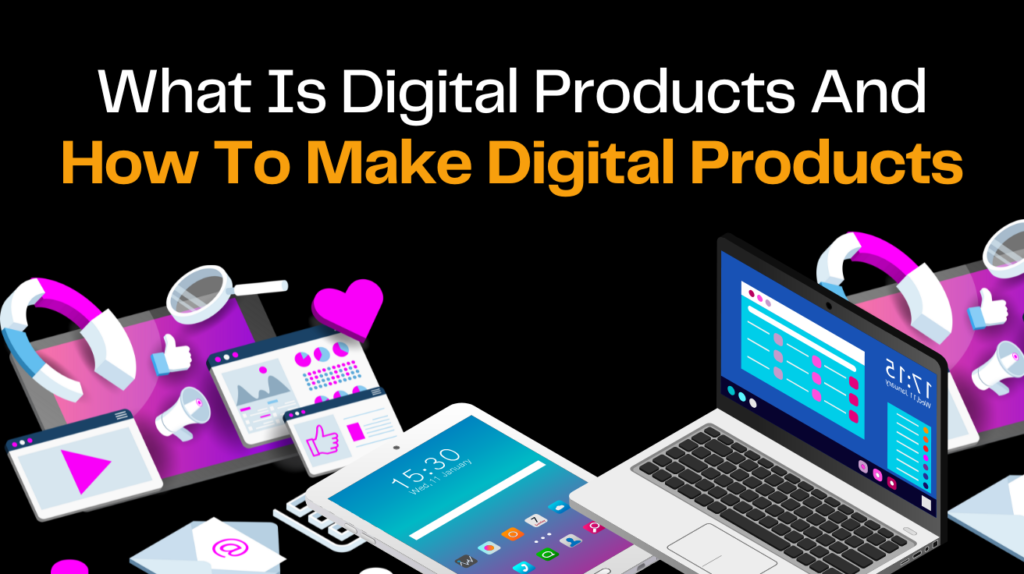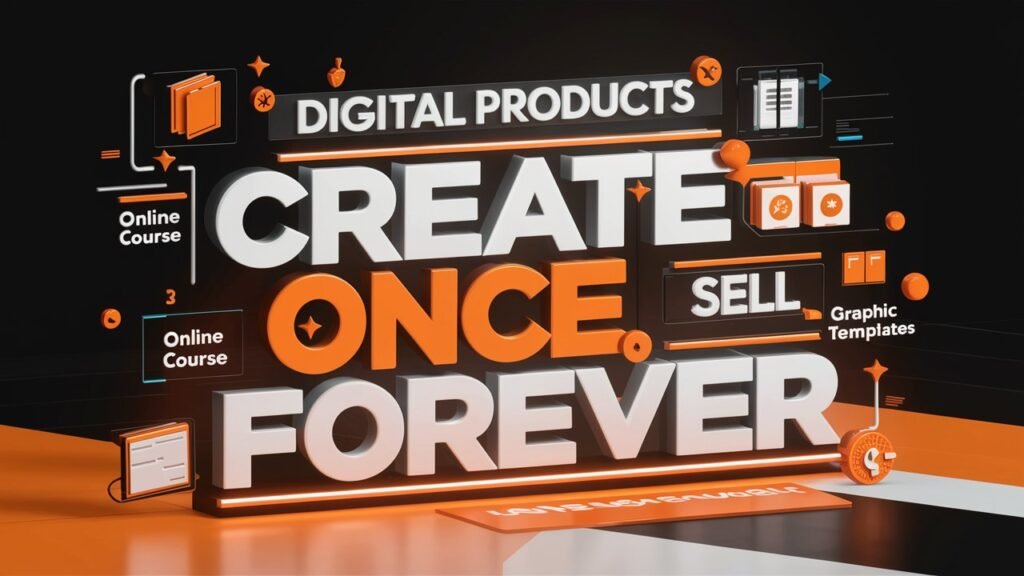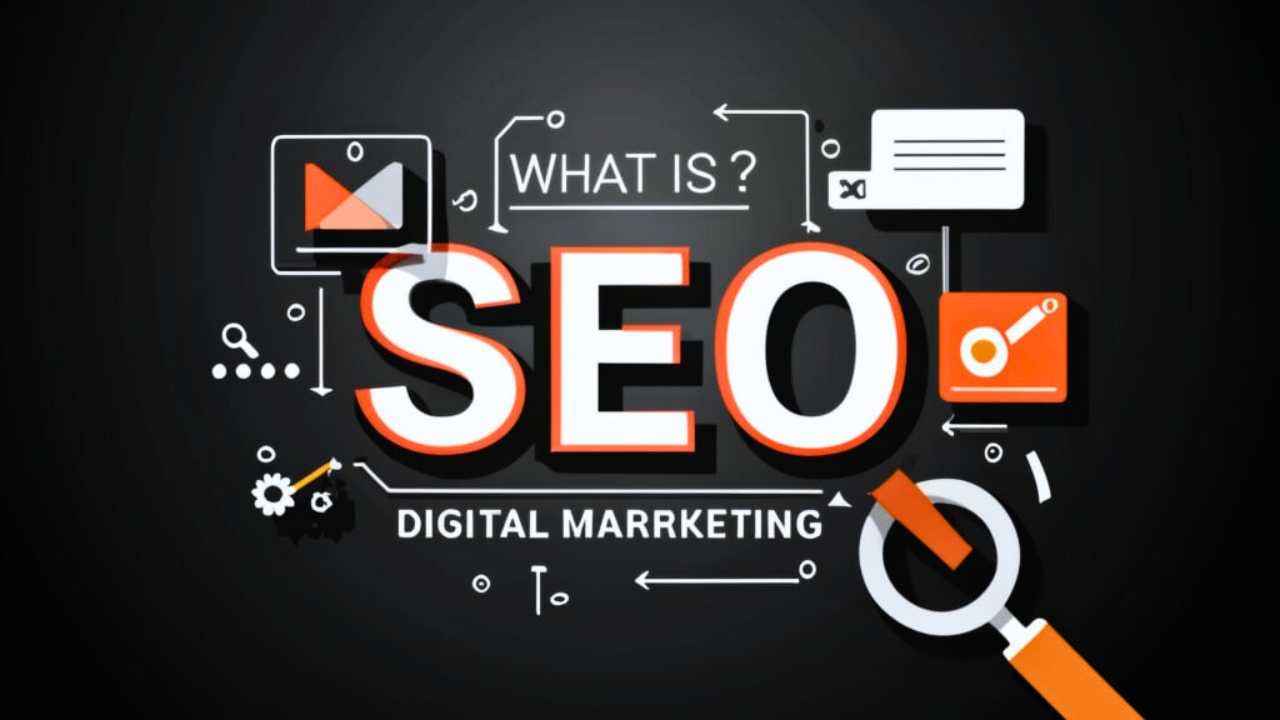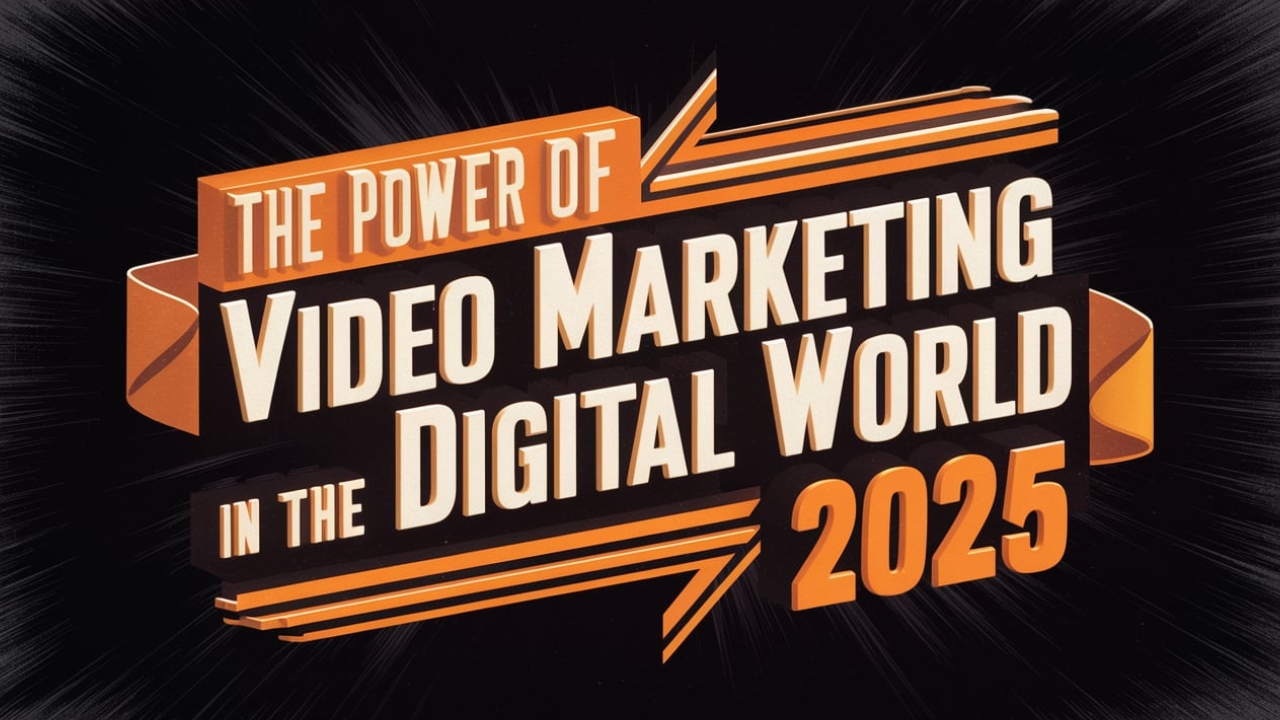How to Make Digital Products That Sell Repeatedly
Digital products have become an effective tool for anyone trying to create a reliable source of income in a world where technology is constantly altering how we interact, share knowledge, and produce. This is particularly relevant for students, entrepreneurs, and those with technical skills.
Digital products allow creators to use their expertise, abilities, and creativity to build assets that can produce passive income with every sale, even after their first project is finished, thanks to the “make once, sell forever” business model.
The traditional grind of exchanging time for cash can feel limiting and unsafe to many. However, digital items present an amazing substitute since they eliminate the need for inventory, ongoing management, and geographic limitations.
So What Is Digital Products And How To Make Digital Products

So, What Are Digital Products?
Common examples include:
- eBooks and guides: PDFs or interactive formats that educate or entertain.
- Courses and tutorials: Videos, audio files, and PDFs that teach skills.
- Graphic templates: Ready-made designs for platforms like Canva, Photoshop, etc.
- Software and apps: From mobile apps to website plugins.
- Printables and planners: Downloadable PDFs for organization, creativity, or planning.
2. Advantages of Digital Product Sales
Selling digital products comes with distinct advantages:
- Possibility for Passive Money: After a digital product is created, it can be sold consistently without additional work, producing passive money.
- High-Profit Margins: Since there are no manufacturing or transportation expenses, the profit per sale is much higher
- Global Reach: Since digital items are accessible from any location, reaching a global audience is simple.
- Scalability: There are no inventory or stock limitations when selling digital goods online.
- Low Overhead Costs: There are no shipping or storage concerns, which eases the financial and logistical strain.
3. How to Create a Digital Product

There are multiple processes that go into creating a digital product, all of which are crucial for guaranteeing the product’s usefulness, quality, and appeal:
- Select your audience and specialty: Identify the target market’s needs and desires. Technical students would seek out coding lessons, for instance, while business owners might require business templates.
- Find out about the competition: To find out what is already on the market and what holes your product can fill, look at related items.
- Create content: This includes writing for ebooks, designing templates, and scripting and recording for courses. Make sure your material is unique, excellent, and offers genuine value.
- Design and format: Expert formatting may help a product stand out, whether it be in terms of layout, audio, or images. Canva, Adobe Illustrator, and other platforms for creating courses are examples of useful tools.
- Testing and feedback: To make sure your product fulfils user expectations, do a small-group beta test, collect data, and make changes as needed.
The objective is to provide a product that meets a demand or solves an issue, promising repeat business and consumer pleasure.
4. Digital Product Sales Platforms
A number of platforms are available that offer only digital products. Here are a few well-liked choices:
- Etsy: Great for creative digital downloads, templates, and printables. Etsy provides integrated marketplace tools and a large audience.
- Kindle Direct Publishing (KDP) on Amazon: Ideal for written materials and e-books, it enables self-published authors to reach millions of readers.
- Teachable and Udemy: These sites offer course developers user-friendly resources and a ready audience.
- Gumroad: An adaptable platform with integrated payment processing for selling a range of digital goods directly to customers.
- Shopify: Shopify provides adaptable e-commerce solutions that work well with digital product sales for those that desire a dedicated store.
Your product kind, target market, and desired degree of control over branding and pricing can all influence your platform choice.
5. Marketing Your Digital Products
The most important aspect in the success of digital products is marketing. Here are some strategies to think about:
- Social media marketing: To reach specific demographics and highlight the advantages of your product, use sites like Instagram, TikTok, and Twitter.
- Email marketing: Create an email list and notify subscribers on a regular basis about new products, updates, and special offers.
- Content marketing: Produce informative blog entries, films, or infographics that reference your merchandise. A productivity blog, for instance, might advertise a relevant planner or printable.
- Influencer Collaborations: To increase credibility and reach, work with influencers in your niche to market your product to their following.
- SEO Optimization: Use keywords to improve landing pages, blog entries, and product descriptions to increase organic traffic from search engines.
A successful marketing plan can raise awareness, bring in more customers, and eventually boost sales, making your digital product a successful business.
Conclusion
Making and selling digital products can be a fulfilling way to use your skills and creativity to make money. Digital products may provide large profits over time with an initial time and effort investment. You can establish a steady income stream that expands with your audience by concentrating on high-quality work, picking the appropriate platform, and putting a sound marketing plan into action.
Frequently Asked Questions (FAQs)
Why are digital products popular?
Without requiring physical inventory, digital products provide a worldwide reach, big profit margins, and the possibility of passive income.
How can I create my first digital product?
Start by determining your specialty, creating worthwhile material, and selecting the appropriate format, such as an online course or e-book.
Which platforms are best for selling digital products?
Well-known sites include Udemy for classes, Amazon Kindle for e-books, and Etsy for templates.
What are digital products?
Digital products are items like e-books, courses, or templates that can be created once and sold online repeatedly without inventory.




